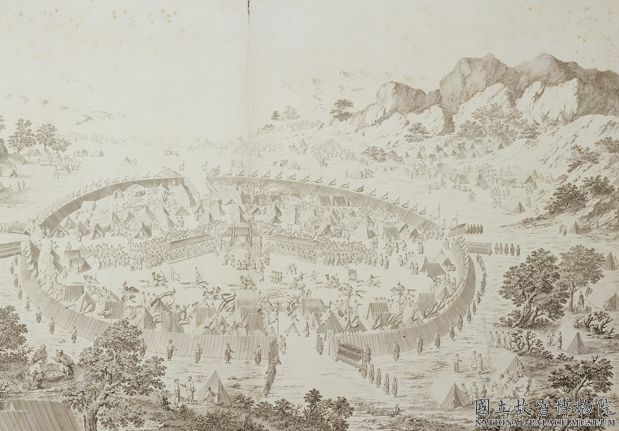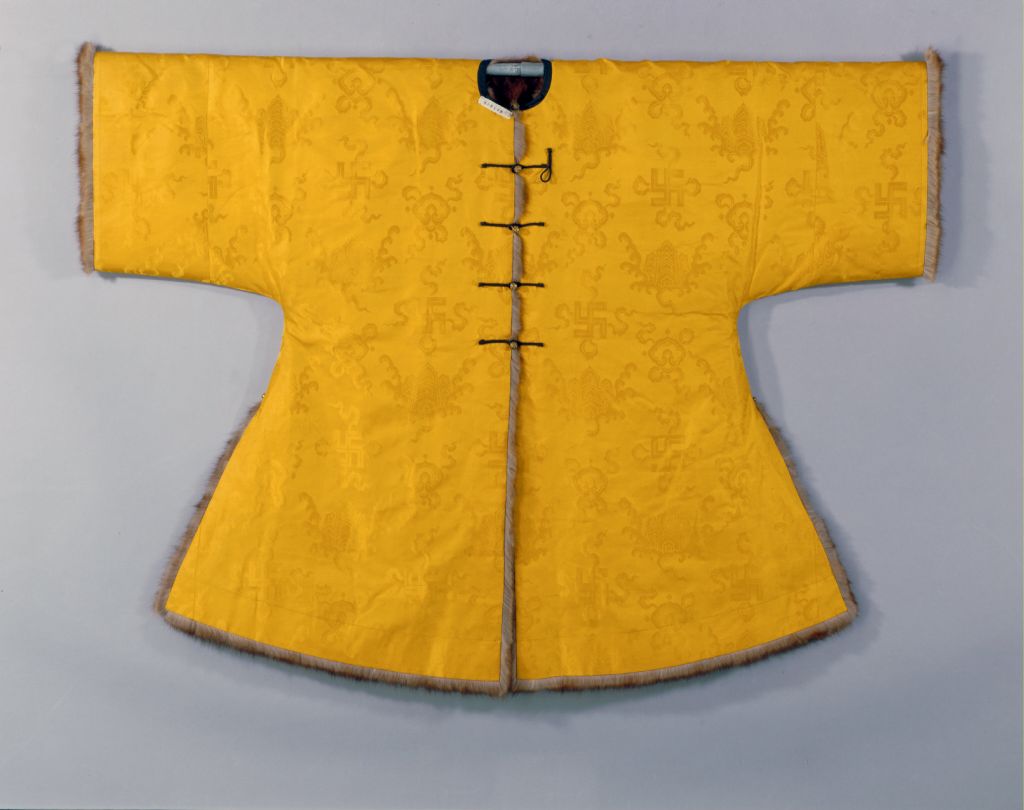[Fu Baoshi Map of Summer Mountain Axis]
“Map of Summer Mountain” axis, modern times, Fu Baoshi painting, paper version, color setting, vertical 111 cm, horizontal 62.5 cm
The self title of this painting is: “The Map of the Summer Mountains. Two days after the beginning of the summer in the Guiwei period, the new Yu Fu made a stone carving.” The seal is “the work of the stone carving”, with a white text square seal, a “new oracle”, with a Zhuwen oval seal, and a “Baoshi Zhai”, with a Zhuwen square seal. There is also a question by Guo Moruo: “The mountains are majestic and green, with dense overcast clouds and vast changes in haze. When the autumn is high and the clouds are cool, the sky is full of frost and leaves. On November 10th, Jiashen’s brother Enlai flew from Yanfei to Chongqing, and on the 16th, he came to Laijiaqiao to gather together to obtain the title of this painting. Guo Moruo.” The seal “Moruo” is a rectangular seal in Zhu Wen
Guiwei was born in 1943. Jiashen was born in 1944
The entire picture is composed in a cutaway style. The majesty of Cuiwei on the steep mountains is further strengthened. The stone walls written with a hard pen and scattered front are towering and steep, and the faint green smoke rising from the mountains flows everywhere. A scholar and a child walk along the lush path with a staff, and the thick and humid heat seems to have been engulfed by the green peaks in the eyes, disappearing without a trace. Although the picture is called “Summer Mountain”, there is no sense of boredom brought to the viewer by the scorching sun and humid air. Instead, it makes people feel cool and cheerful, which is precisely the ingenuity of the painter
In 1944, Zhou Enlai gathered with people from the literary and artistic circles at Laijiaqiao, Chongqing, and asked the painter for this picture. After that, after experiencing wars and frequent migrations, they were found to be completely intact. Fortunately, they were very lucky. After 1949, it was hidden in Zhongnanhai. Later, it was collected by the Palace Museum
![图片[1]-Fu Baoshi Xia Mountain Map Axis-China Archive](https://chinaarchive.net/Warring States period/painting/51981[1024].jpg)
![[Qing Dynasty] British female painter—Elizabeth Keith, using woodblock prints to record China from the late Qing Dynasty to the early Republic of China—1915-China Archive](https://chinaarchive.net/wp-content/uploads/2022/11/image-191x300.png)




